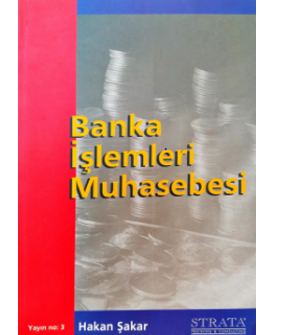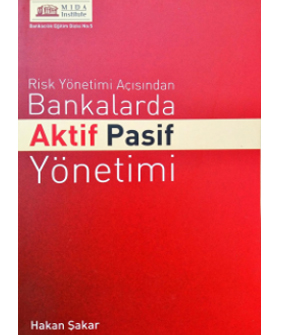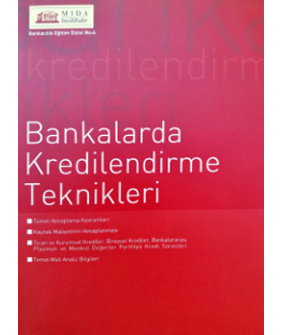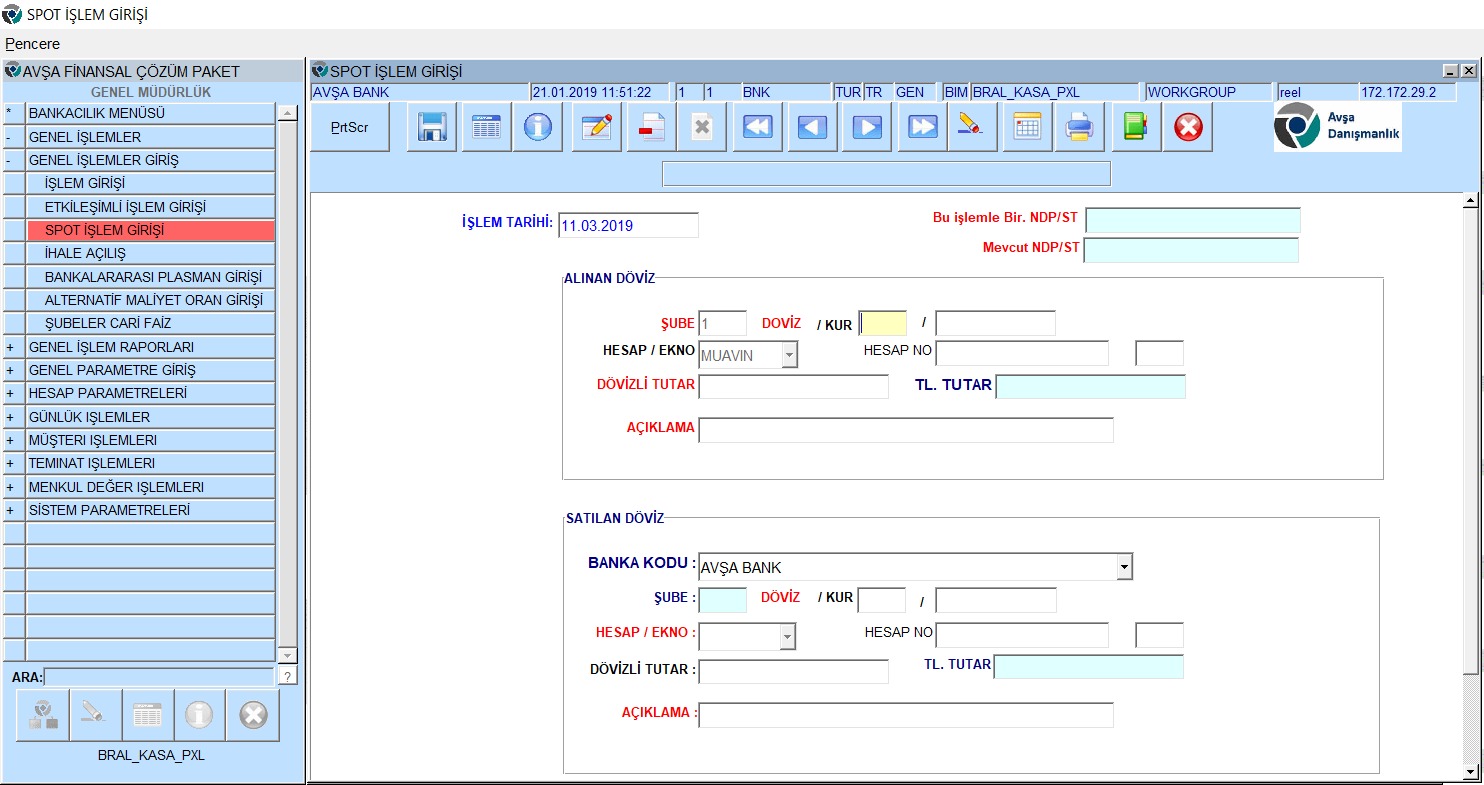BankSim Banking Simulation

COMMON SOFTWARE CHARACTERISTICS AND TECHNICAL INFRASTRUCTURE OF THE PROGRAMS
Software Infrastructure:
All programs were coded in the Oracle Database 12c in a graphical environment, with Developer V6i, the Oracle Software Development Product. Parametric structure of the program ensures that the flexibility and robustness of the Oracle database, as well as any new request can be carried out with a minimum number of skilled personnel and without time-consuming and tedious changes. This specifications of ERP also forms the software basis of simulated training programs. The changes required by the participants can be carried out in a very short time (often within a few seconds during training) and the change of the parameter values will be sufficient. Therefore, the maintenance, understanding and adjustment difficulties of "hard-coded" software and the long-term test procedures have been overcome by the parametric structure of the program.
Technical Infrastructure:The information technology and infrastructure of ERP and simulation programs are very similar to those in real life and in accordance with the terms and conditions in Turkey and most of the developed countries. The main software program (ERP) on which the simulation programs run is prepared in compliance with I.A.S. (International Accounting Standards) and I.F.R.S. (International Financial Reporting Standards). The ERP has the facilities of daily revaluation of F/X positions with the current F/X rates, revaluation of accounts bearing interest by accrual method and other I.F.R.S. adjustments.
Simulated training programs are coded on ERP and have all facilities of ERP, but don’t need tiring manual transactions to be realised by the participants. All offers and bids are made on special menus and once the deal is over, all the transaction entries are realised automatically by the system. Through the simulation of the actual accounting entries like bid/offer transactions, also all the revaluations related to F/X positions and interest rate positions will be held by program automatically at the end of sessions when end-of-day process realised. It is possible for the competing banks to carry out their day-to-day transactions and end- of-day transactions and the main aim is to ensure that all real life developments belonging to the bank transactions can be carried out in such a way as if you were in real information processing systems with minimum manual effort.
Purpose and Process of Simulated Training Programmes:
These simulated training programs aim to make the experience of risk management in the real market conditions, to realise the management of the asset/liability, in other words the management of B/S (balance sheet) in the virtual environment and to reveal the personal risk profiles of the participants who are the managers of virtual banks, in terms of risk and performance criteria.
Training programs are to be carried out under very strict conditions: First the theoretical part will be introduced and the theoretical information on asset/liability or B/S management in relation to the risk management and performance criteria will be explained in details. In order to meet this purpose, one week prior to the training, a training resource book recorded in a CD will be sent to the participants. In addition, a guide that introduces the computer program for the simulation training, along with the source book will be sent to the participants as well.
After theoretical information sessions, a few trial simulation session which aims to prepare the participants to get used to the program will be held before the real simulation sessions which aim at promoting the given knowledge of participants in the theory. The participants will take part in the one and half-hour trading sessions. Each participant starts in the same position (as a bank partner or general manager of bank with the same capital as the reference) and the results of the balance sheet and income table produced at the end of each session after the end-of-day transaction will be reviewed. These assessment sessions, which last approximately one hour, are followed by a further trading session which continued throughout the rest of training. Every one trading session covers a period of nearly one month and in one training day approximately 4 trading sessions, in 3 training days 12 trading sessions can be realised, so at the end of 4 training days, each bank will have been created B/S and P/L tables of one year.
In the last half-day of training, the performance of all participants will be measured and evaluated according to various criteria and a performance report will be handed out to each participant. This performance report given after the training programme is a kind of evaluation sheet that shows the achievements of the participants according to various criteria, an evaluation sheet which expresses the personal risk and the performance profiles of the participants at the end of all real trading sessions. If it is demanded, these reports will be presented to the Department of Training of the bank in question with the short recommendations about the participants prepared by the trainer of the program. There are two main training programs: Simulated Asset Liability Management Training Program (Simulated Bank Management Training Program) and Simulated Budget Program…!
Simulated Asset Liability Management Training Program (Simulated Bank Management Training Program):
In this training program, acceptance and payment of deposits by customers, the issue of institutional and individual loans and repayments, purchase and sale of securities, repo and reverse repo, exchange of inter-bank loans, etc. the implementation of all banking transactions will be facilitated. The issue of deposits, loans and securities is carried out automatically by the system and the transactions to be carried out by the program not by the participants manually. In multi-branch system, the inter-branch current accounts will be automatically run and transfer pricing will be held by the program in order to ensure that the foreign exchange positions in the treasury and fund management can be managed centrally. If more than one currency, namely local currency (i.e. TL in Turkey) are circulating in the market, the system transfers the foreign currency (i.e. US$ and/or €, etc.) position by the means of inter-branch current accounts, from branches to the Treasury and Fund Management Department, besides the transfer pricing of branches and departments (including Treasury and Fund Management Department) will also be realised by program at the end-of-day transactions. This version of training program (and ERP also) doesn’t allow the branches to carry F/X positions, all the F/X positions of the banks are being carried by the Head Office, on behalf of Head Office, Treasury & Fund Management Department[1].
Users can realise transactions on interactive simulation screens automatically or they can realise these transactions manually as well. The first method (automatic realisation of transactions) is being used in middle and higher versions, whereas the second method (manual realisation of transactions) is being used in elementary version to reinforce learning by doing. It is possible to check the screens for manual input register (also in elementary versions) and print out the entry records for detailed assessment. At the end of the day on which the transactions have been carried out, the program automatically performs all evaluation transactions related to foreign currency and accrual transactions related to interest rates. In other words, the profit or loss of the foreign currency positions that are to be carried out by updating the balances of the accounts in foreign currency according to market rates and transferring the negative/positive differences to the associated accounts whereas accrued interests will be calculated and implied on all credit accounts, custody accounts, deposit accounts, securities, etc with defined interest rates on these accounts, including interest received and paid accrued on interbank money transfers, current inter-branch and department accounts. If necessary, for example if the market rate of interest has changed significantly, the assets and the liabilities of bank will be rediscounted by the new market interest rate.
After the end-of-day process, the evaluated and adjusted financial reports (B/S, P/L, Cash Flow Table, Fund Flow Table, Maturity Dates Table, etc.) in accordance with I.A.S. and I.F.R.S. will be ready both in ERP and simulated training programmes. As a result, users can see the results of transactions that they have made during the day, immediately in the table for newly discounted and revalued balance sheet and income.
As mentioned in the introduction, there are three main versions of the simulation program:
The elementary simulated training program which aims to present basic information about accounting, basic balance sheet and income table for executives and/or employees with limited experience.
Mid-level simulated training programwhich aims to enhance the basic skills of mid-level managers. Participants will take steps to manage the balance sheet in accordance with profit and loss table.
High-level simulated training program which aims to improve the management skills of the participants in terms of financial tables (B/S, P/L, Cash Flow, Fund Flow, Maturity Date Tables, etc.) and also to improve the management experience in pricing and risk management in accordance with each other and in accordance with the performance criteria.
Now let’s look closer to these training programmes for more detailed information:
A. Elementary Simulated Training Program for Banks:
The target group of the elementary simulated training program are the candidate managers who have not yet started work, as well as officials, technical assistants and specialists who are doing work, but with only limited knowledge of the banking transactions. This training program is designed to increase the effectiveness of the training of executive candidates who may have to participate the long and costly training programmes, to accelerate the learning process, to shorten the duration of training programmes, to save cost significantly. These programmes also aim to cover general accounting and financial analysis, credit process, calculation of resource costs and pricing, financial mathematics, fund management and asset-liability management treasury training programmes and replace all these programmes with a comprehensive integrated program. This comprehensive training program, namely Elementary Simulated Training Program takes approximately 10 days which will be realised on an inter-active platform, instead of these classical training programmes which will last approximately 30 working days, besides the fact that they will be realised verbally, will be inefficient and boring. Some of the advantage/disadvantage comparisons of the two types of training programmes are below:
In simulated training programmes, the trainees will be trained on inter-active accounting entries instead of the classic bank accounting programmes trying to teach entries on single individual cases in which the relation of these single cases with the financial tables (B/S, P/L) could hardly be set.
In addition to the information in the classic credit process and financial analysis training, the trainees will issue commercial, corporate and individual loans, check the financial statements of the customer, will have non-performing loans in some cases and will bear the financial burden of non-performing loans on financial tables, i.e. B/S and P/L Tables.
Instead of the fictional calculations to be carried out in the classical training programmes which are designed to calculate cost of resources and pricing, in the simulated training programmes, calculations will be made in cases of virtually in real time, errors made in calculating the cost of resources and related errors made in pricing assets can be traced in financial tables immediately.
In the classical financial mathematics training programmes, all calculations which will be carried out with hand calculators on each transaction will be carried out automatically by the system. Calculations of simple interest rate, compound interest rate, individual loan payments and mathematical explanations of the net present value and future value calculations, etc. will be carried out during the entire training period by the system and there will be no time requiredfor this training.
In addition to the information on all imported instruments in the classical treasury and fund management training, the trainees will buy and sell government bonds of second-hand and third parties buying and selling, buy back and reverse repo transactions; realise interbank placement, buy-sell transactions (FX/Local Money, Local Money/FX ve FX/FX spot transactions FX/Local Money, Local Money/FX and FX/FX forward transactions), accept syndicated loans and pay them back. They will trace the financial results of all these fund management and treasury transactions in the balance sheet and profit and loss accounts tables and they will have the practical financial results of interest rate risk, F/X risk, and liquidity risks generating maturity mismatch and other financial decisions taken.
In summary, a 10-day highly efficient training in the areas of general banking transactions and asset liability management, which will be carried out in a concrete way will replace the old fashioned long and boring training programmes
B. Mid-level Simulated Training Program for Banks: This training program aims to improve the managerial skills of the mid-level managers or assistant managers; aims to provide basic managerial skills to the candidates of mid-level managers or assistant managers with none or moderate experience.
During this training program, Branch Managers or Department Managers will improve their managing skills both in terms of the ability to manage the financial tables of the bank as a whole, as well as the ability to manage financial tables of its branches. In other words this training program simulates real life and the capabilities of the participants can really improve on the simulated market conditions comprising average of five banks, each bank has at least three branches, the Central Bank and on a platform in which all parties act in a computer network with interactive communication with each other.
In short, during this training program, the managing skills of both the General Managers and the Branch Managers improve, the experience of the ability to manage balance sheet of the bank as a whole (General Managers), as well as the balance sheet of branches (Branch Managers) at the same time grows. In an environment with 5 General Managers, 15 Branch Managers and the Central Bank Manager, General Managers and Head Office Department Managers try to attend open market transactions, foreign exchange purchase and sale transactions that are carried out by the Central Bank, buy/sell securities and exchange with each other, while the Branch Managers issue loans, accept deposits. Branch Managers take the risk and the responsibility of the balance sheet of his/her own branch on the one hand, while trying to achieve the objectives which the General Manager has given them on the other. General Managers try to manage risks taken by head office on the one hand while managing branches of his/her own bank in terms of collecting deposits, granting loans by the way of pricing on the other.
On the information screen which all General Managers of each participant bank can access, there are banks and prices, interbank offers and bids relating to amounts to be borrowed and lent sorted by banks and prices, the security transaction offers of the Central Bank and prices for the purchase and sale of securities. On the information screen that can be reached by the branches, there are the list of depositors, institutional and individual credit customers of their own regions and the interest rate offers. In addition, all users can reach market information and news.
C. High-level Simulated Training Program for Banks: This training program is designed for Senior Branch Managers, Area Managers, Group Managers, Managing Directors, General Managers and can be used with the participants in a bank or, if desired, be combined with other participants in another bank. The prepared standard bank schedules (with or without branch) will be handed over to the participants, the participants are focused on the future of their bank to develop and manage the risk, bankruptcies and other problems in their own banks, balance sheets and profit and loss accounts. The participants are also expected to manage the specially designed volatile market conditions in terms of interest rates, maturities, liquidity, FX rates and etc. They are supposed to take positions, change existing positions in changing market conditions, change in the customer's risk profile and revise their development and risk management policies. The working principles of this program are exactly the same as the previous version, the difference lies in the complexity of the financial markets and in the fact that artificial conditions that are created by the Central Bank are hard and destructive.
Simulated Training Program for Bank Budgeting:
This training program aims to improve budgeting skills of the participants, i.e. to prepare the parameters for budgeting, to prepare budgeted B/S and P/L tables in accordance with parameters. To reach this purpose database, the realistic parameters will be created first, assets and liabilities will be estimated in amounts classified by maturity date groups and all these information will be applied on the software program designed. Based on the created parameters, the amounts of B/S and P/L are estimated and the program calculates and places the B/S and P/L items on related tables. When the program is run, the balance sheet and income tables of the bank and/or the branches for the previous year and the estimated net interest and commission rates for the next revenue and expenditure for the year, productivity calculations and details may be obtained on a monthly basis.
The biggest problem with these types of calculations are the size of the deviations of the rate of returns on assets and rate of cost in liabilities. Also the position of tangible assets, subsidiaries, branches, etc. are another problem in making realistic estimations. Deviations in amount of the main items (loans, deposits, etc.) which have returns or costs to the bank or deviations in the amount of other items (tangible assets, intangible assets, subsidiaries, provisions, paid up capital, reserves, etc.) which are not related with a rate of return or rate of cost must be carefully eliminated.
If average simple interest rates and other average rates defined by the user in relation with B/S items with their maturity dates, the program calculates the compound interest rates for all asset and liability items and the market price of bank is also calculated in terms of net value added terms. This training program also helps to predict the changes in the balance sheet and income tables as a result of sudden fluctuations in the market data, because it can perform budgeting transactions based on realizations, if certain points can be entered.
Banka İşlemleri Muhasebesi, Bankalarda Aktif/Pasif Yönetimi, Bankalarda Kredilendirme TeknikleriHakan Şakar















